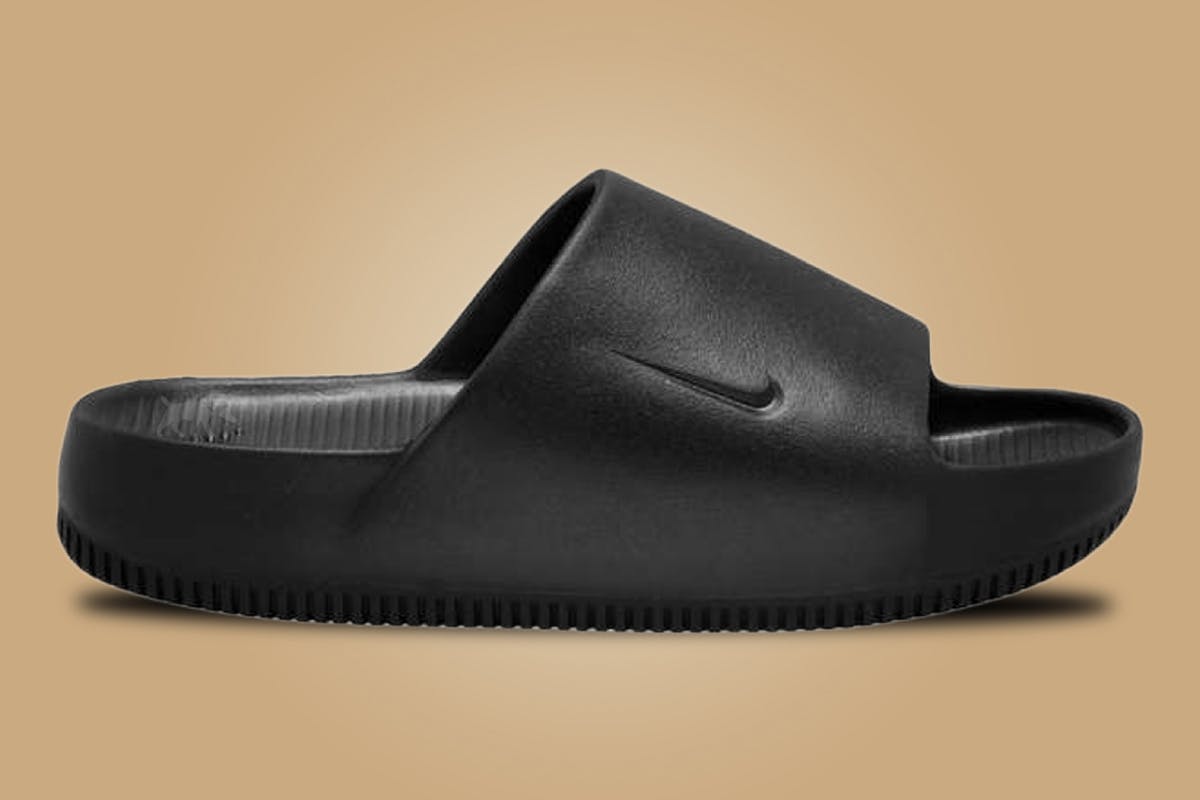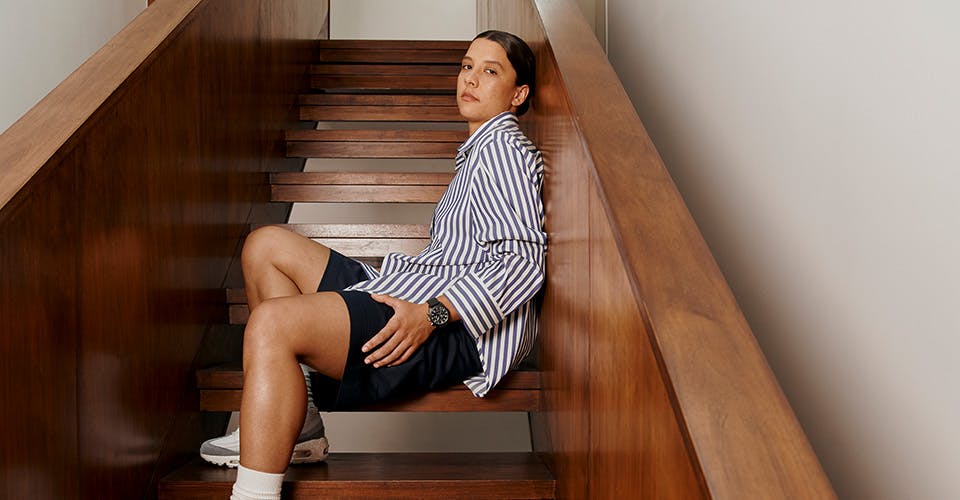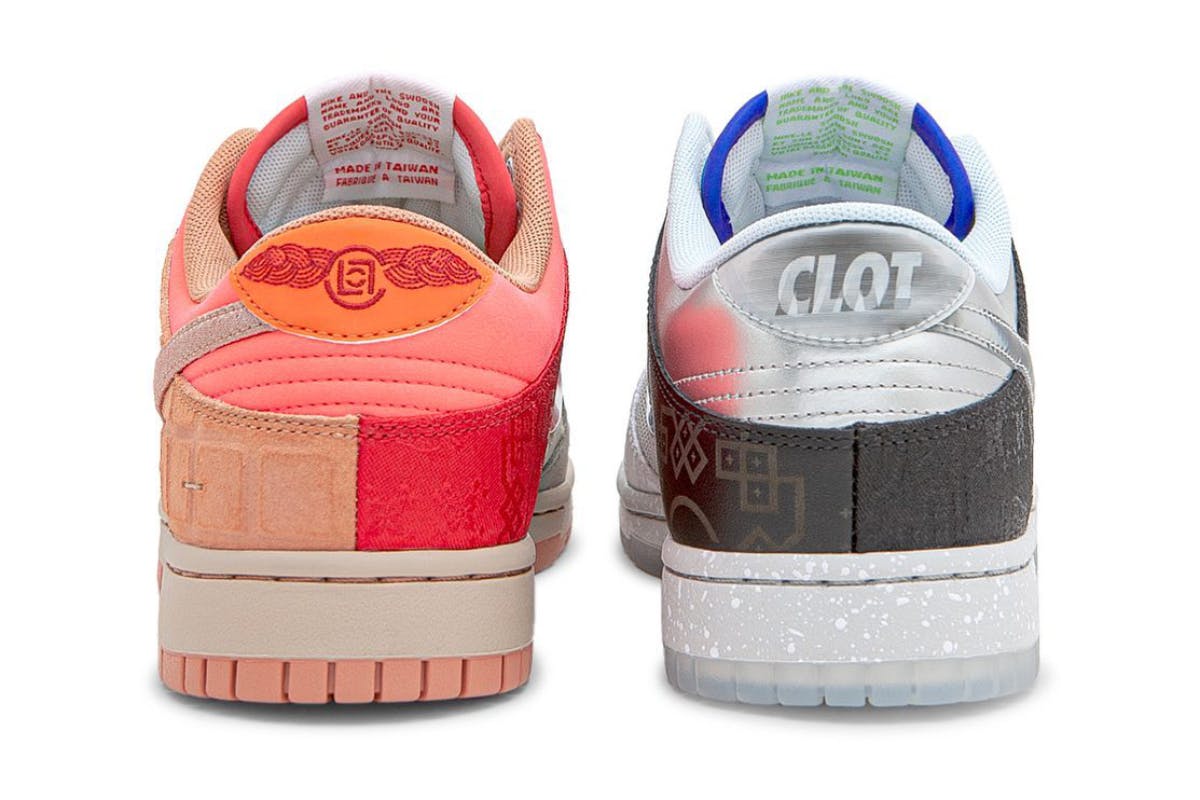
In 1868, British chemist William H. Perkin created the first synthetic version of coumarin, a naturally occuring aroma compound found in tonka beans that smells like vanilla and hay. It took another decade for Perkin’s creation to become cheap enough to use in commercial fragrance, but in 1882, synthetic coumarin debuted on the market with Houbigant’s Fougère Royale. The herbal, spicy scent – formulated by perfumer and Houbigant co-founder Paul Parquet – marked the first use of a synthetic material in fine fragrance. It was a milestone in olfactory history that opened the door to an entirely new mode of perfume-making: Perfumers no longer needed to rely on natural materials, which can vary in availability and quality from year to year.
Synthetic ingredients – molecules created in a lab through chemical reactions – have driven the perfume industry forward ever since. Chanel No. 5, launched in 1912, juxtaposed aldehydes – a class of synthetic compounds that smell soapy and “clean” – with familiar florals like jasmine and ylang-ylang, creating a scent unlike anything else on the market. Hedione, first synthesized in 1958, gives Dior Eau Sauvage its trademark sweet crispness. Ambroxyde, the synthetic alternative to ambergris (a rare compound harvested from whale regurgitations), plays a starring role in Le Labo’s Ambroxyde 17 candle, while Iso E Super, a woody molecule patented in 1973, is the basis of contemporary cult favorites like Escentric Molecules Molecule 01 and D.S. & Durga I Don’t Know What. Today, Perkin’s coumarin is so omnipresent it’s unremarkable, used in everything from Tom Ford Lost Cherry to Axe deodorants.
Many perfume lovers hold synthetics in the same regard as naturals, ingredients extracted from raw materials such as flowers or citruses. For centuries, these blooms have been used in perfumery – in Ancient Egypt and Greece, for example, juniper berries and lavender were often added to incense and oils.
Despite their lengthy history, naturals are reentering the olfactive zeitgeist thanks to splashy branding and clever marketing campaigns. As concerns around chemicals like phthalates and parabens grow among a certain set of consumers, an increasing number of perfume brands are highlighting their use of natural ingredients as a pillar of their identity. Abel, founded in New Zealand in 2013, is a “100% natural fragrance house fixated on a better future”; Heretic and Vyrao use naturals for their aromatherapeutic effects; Altra came on the market in 2022 offering natural fragrances in sculptural, refillable bottles.
The debate over the merits of synthetic versus natural ingredients intersects with some of the most polemical topics in the beauty industry, namely, the sustainability and safety of what we put on our skin. In perfume, it stirs up maybe the most crucial — and subjective — question of all: What smells good?
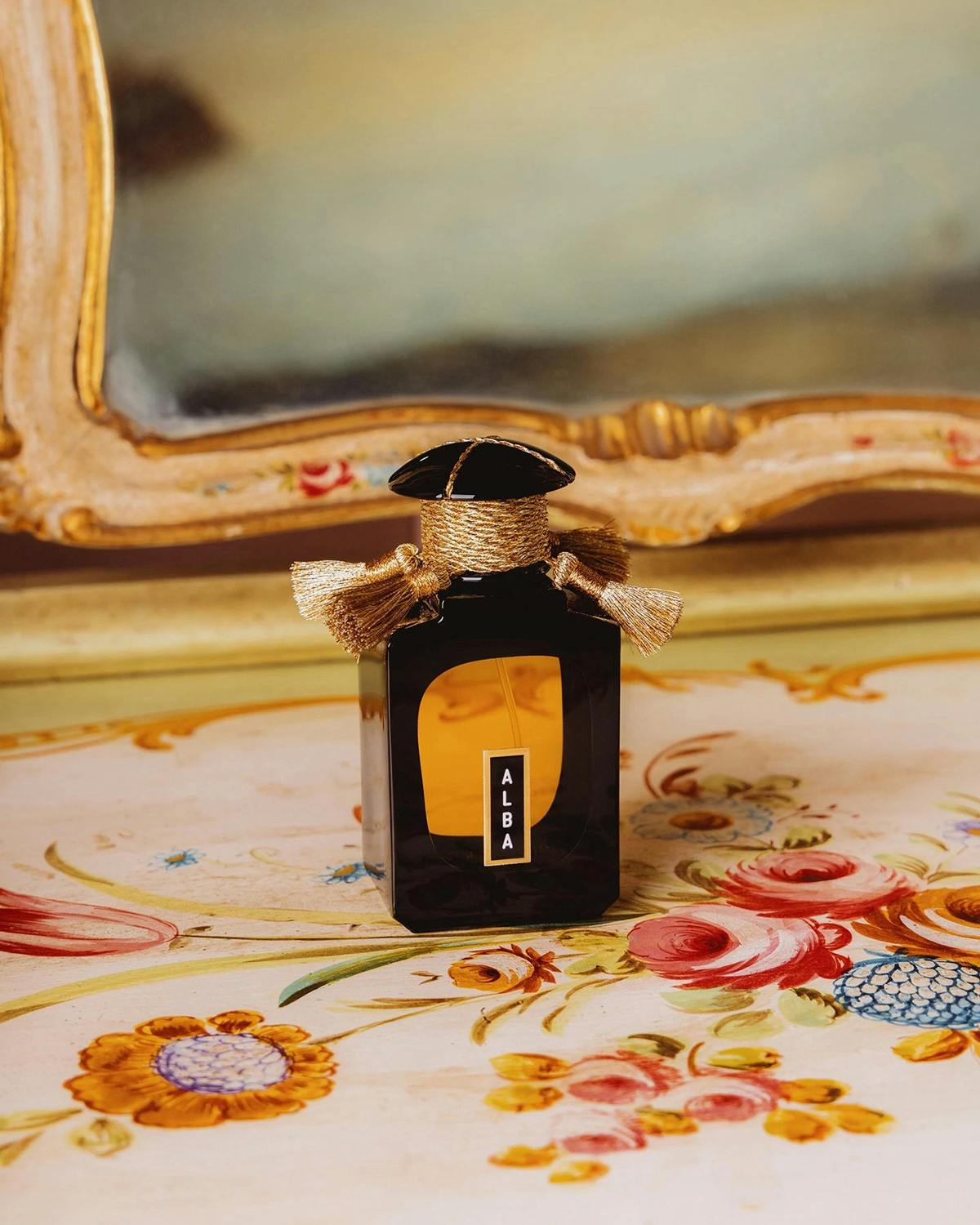
For Holly Tupper, perfumer and founder of natural skincare and fragrance line Cultus Artem, synthetics – which are often heavier and longer-lasting than naturals – “overload” the senses. “You can smell somebody from across the room,” she says.
While some value the room-filling payoff of Mugler Angel of Maison Francis Kurkdjian Baccarat Rouge 540, popular cocktails of both synthetics and naturals, Tupper prefers working exclusively in the latter. The brand founder began gravitating towards naturals, which she finds more nuanced and elegant than their synthetic counterparts, during her time studying perfumery in Grasse. With Cultus Artem, she has the opportunity to bury her nose in ingredients like smokey, grassy vetiver and honeyed champaca flowers, botanicals highlighted in her luxurious range (prices start at $225).
Baptiste Bouygues also prefers the aroma of naturals, an inclination that led him to found Ormaie with his mother, Marie-Lise Jonak, in 2018. The brand’s scents are 100 percent natural, but for Bouygues, that isn’t necessarily the point. Each scent in the line draws from his own personal experience – for example, Le Passant is inspired by a lavender fragrance worn by Bouygues’ father, who left his family when he was a child. To build these emotional creations, Bouygues and Jonak rely on natural ingredients made using traditional extraction methods like enfleurage, developed in the 18th century and eventually replaced by more cost-efficient (and less romantic-sounding) techniques.
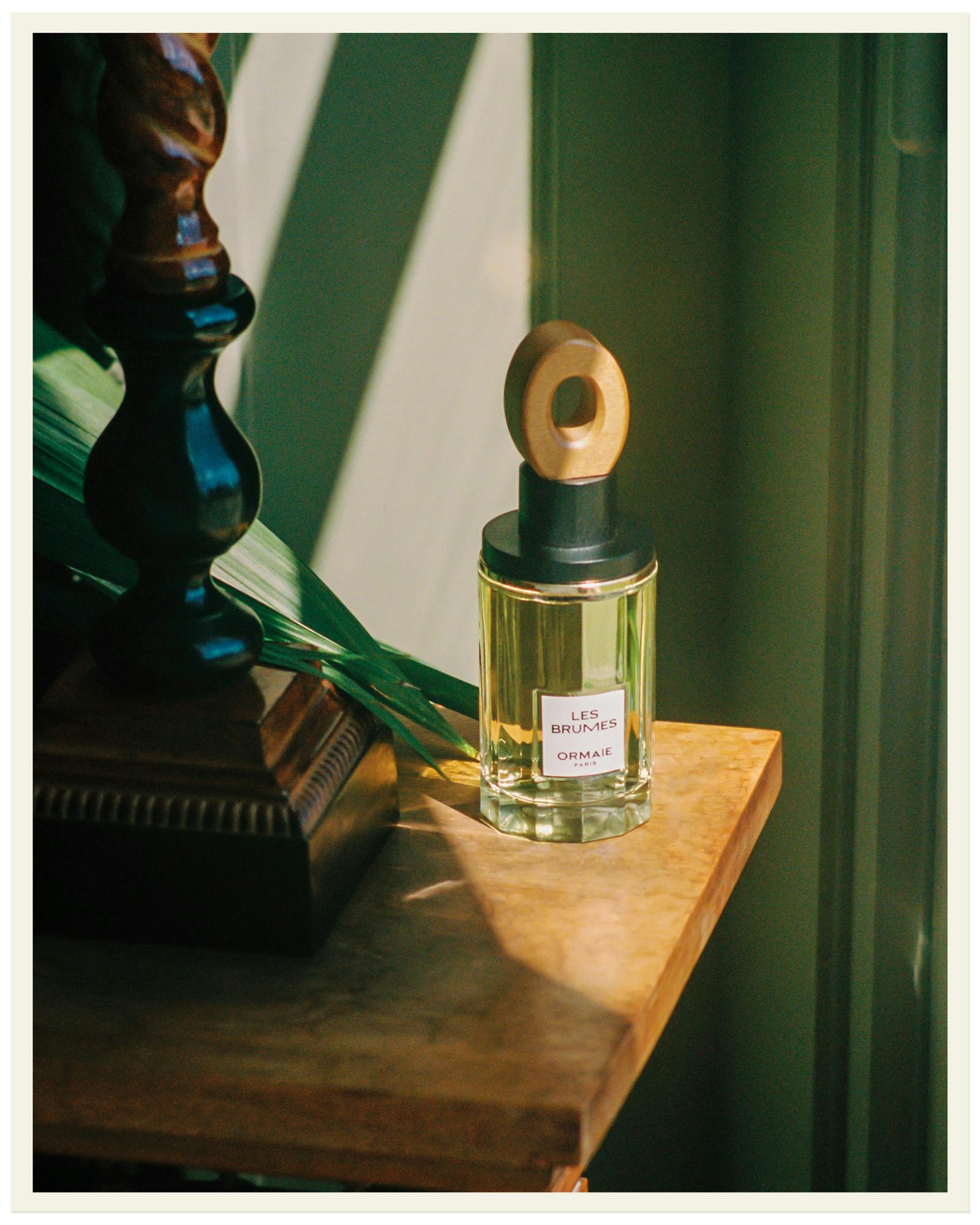
“[Enfleurage] had been completely forgotten because it was so expensive. We put the flowers in grease and change them every 12 hours… Little by little, the grease will get the smell,” Bouygues says, outlining the labor-intensive process. The time, effort, and cost that goes into producing natural fragrances helps give them a special, artisanal feel.
But some perfume fans aren’t won over by the natural category. Emma Vernon, who hosts fragrance podcast The Perfume Room and counts over 100,000 TikTok followers for her scent-centric content, doesn’t own a single all-natural fragrance. “I don't think there's anything that would make me want to try an all-natural fragrance,” she says. “Synthetics have been around since the 1800s. And for good reason, because they help add dimension, sophistication, precision, longevity, and stability to fragrance.”
Enrico Pietra and Rodrigo Caula are betting that synthetic ingredients can propel a luxury brand. The duo launched Aeir in 2022 as a perfume brand that prides itself on excluding botanically-derived ingredients for sustainability purposes. “Our ethos stands by the fact that there is a future without extraction, meaning everything we create should not be coming from the earth,” Caula says. He believes that perfumes should be made by recreating natural smells rather than harvesting natural resources like sandalwood, which has faced extinction due to over-extraction.
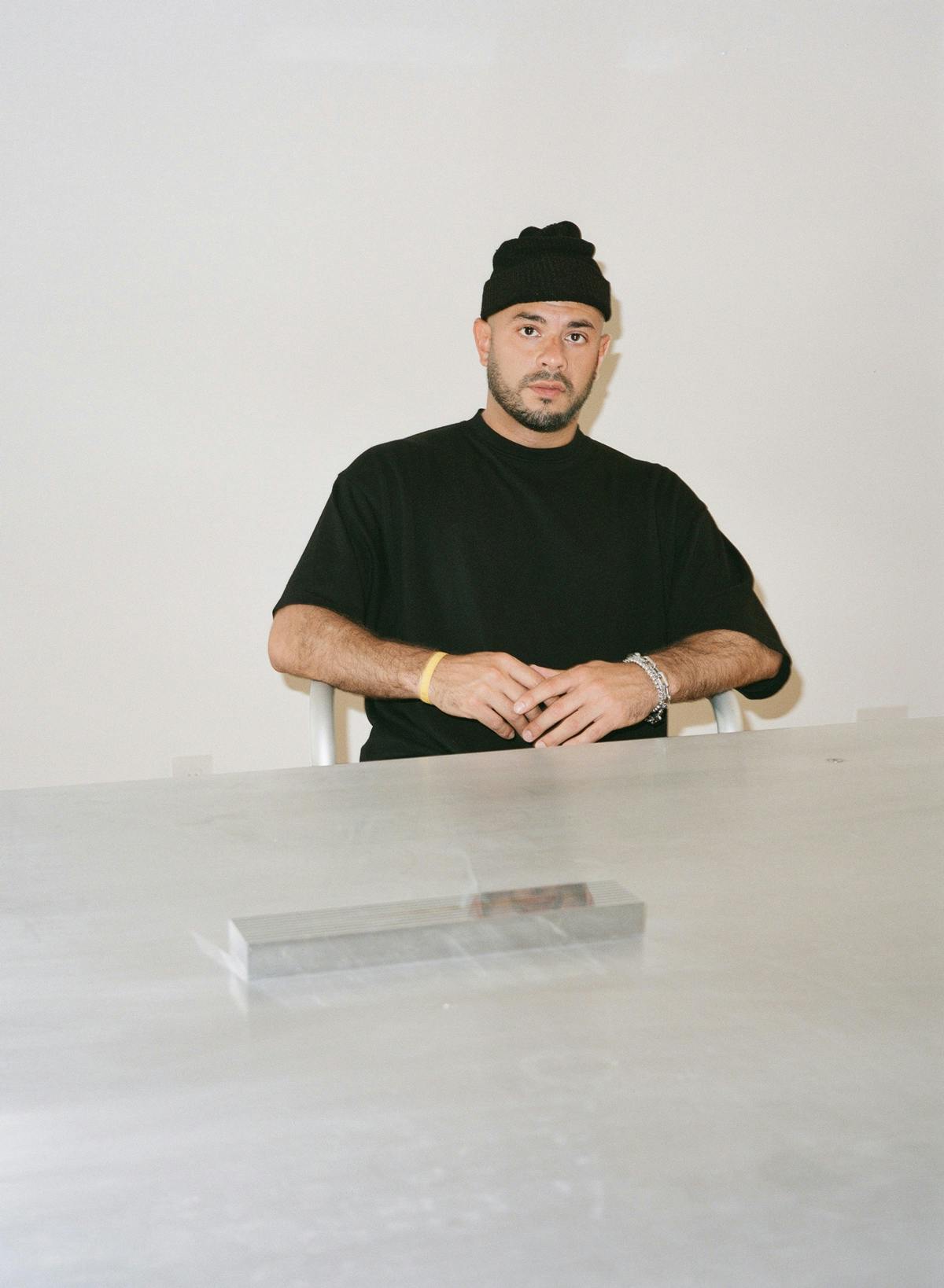
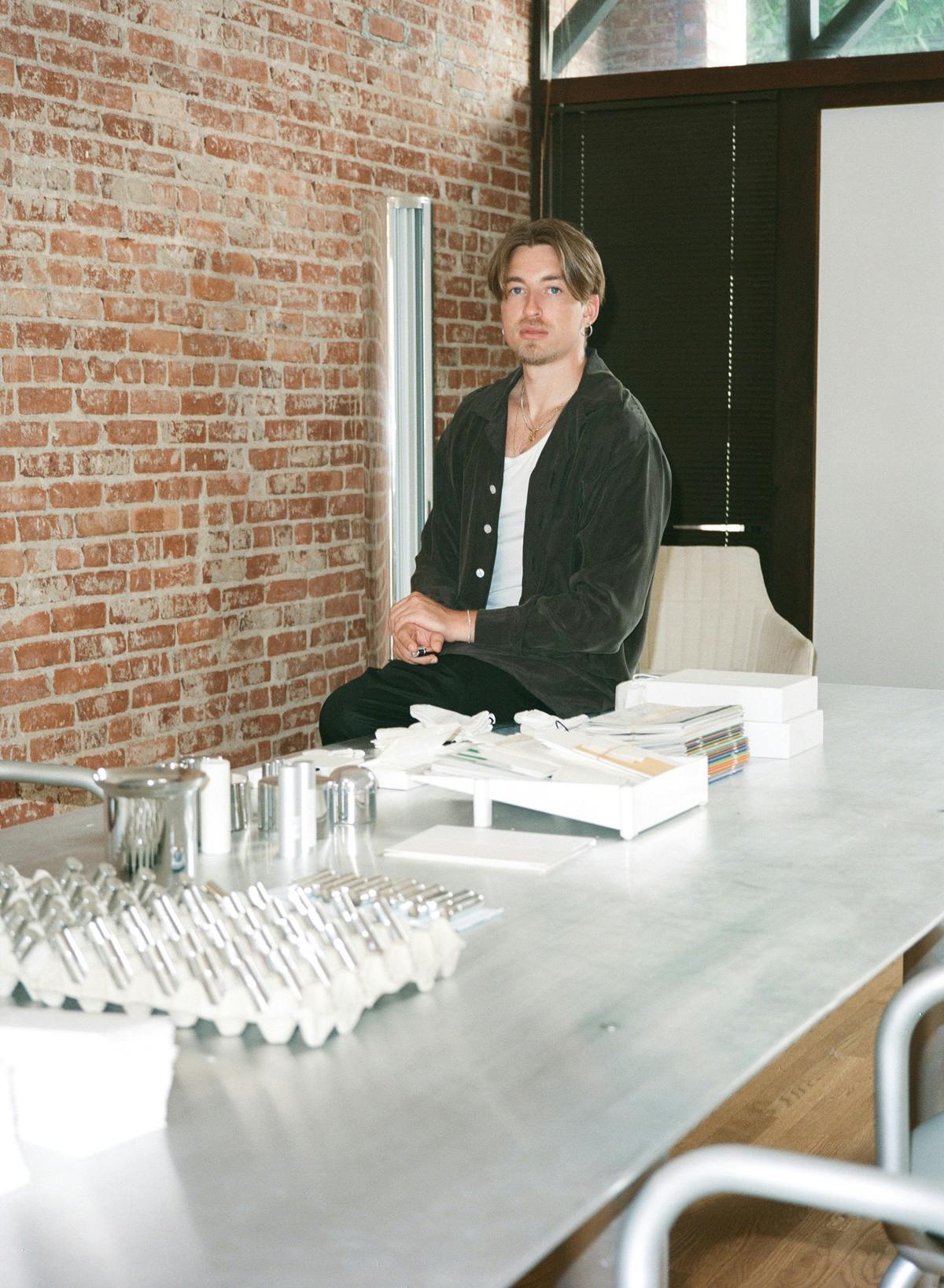
Tupper of Cultus Artem considers sustainability in perfumery to be more layered an issue than a matter of using – or not using – natural resources. “There's a lot of emotion that gets thrown around,” she notes, referring to debates on whether growing and harvesting plants for fragrance is a sustainable practice. “I would say that [for] my [sandalwood suppliers], it is their sole livelihood. To say to them, ‘Oh sorry. What you're doing isn't sustainable so I'm gonna go make a substitution’ wipes out their entire community.”
With no universal definition, sustainability remains a contentious term across cosmetics and fragrance. Unlike, say, “USDA Organic,” terms like “sustainable” or “green” aren’t regulated, leading some consumers and experts to criticize brands for “greenwashing” their products with unsubstantiated sustainability claims.
The same goes for “clean” beauty, a category that many natural fragrance brands associate with. Ask a customer what products they consider clean – and which they deem “dirty” – and you’ll get a variety of different answers. Similarly, beauty retailers like Ulta, Sephora, and Credo have established their own differing standards for “clean” products in recent years, in some cases encompassing sustainability pledges.
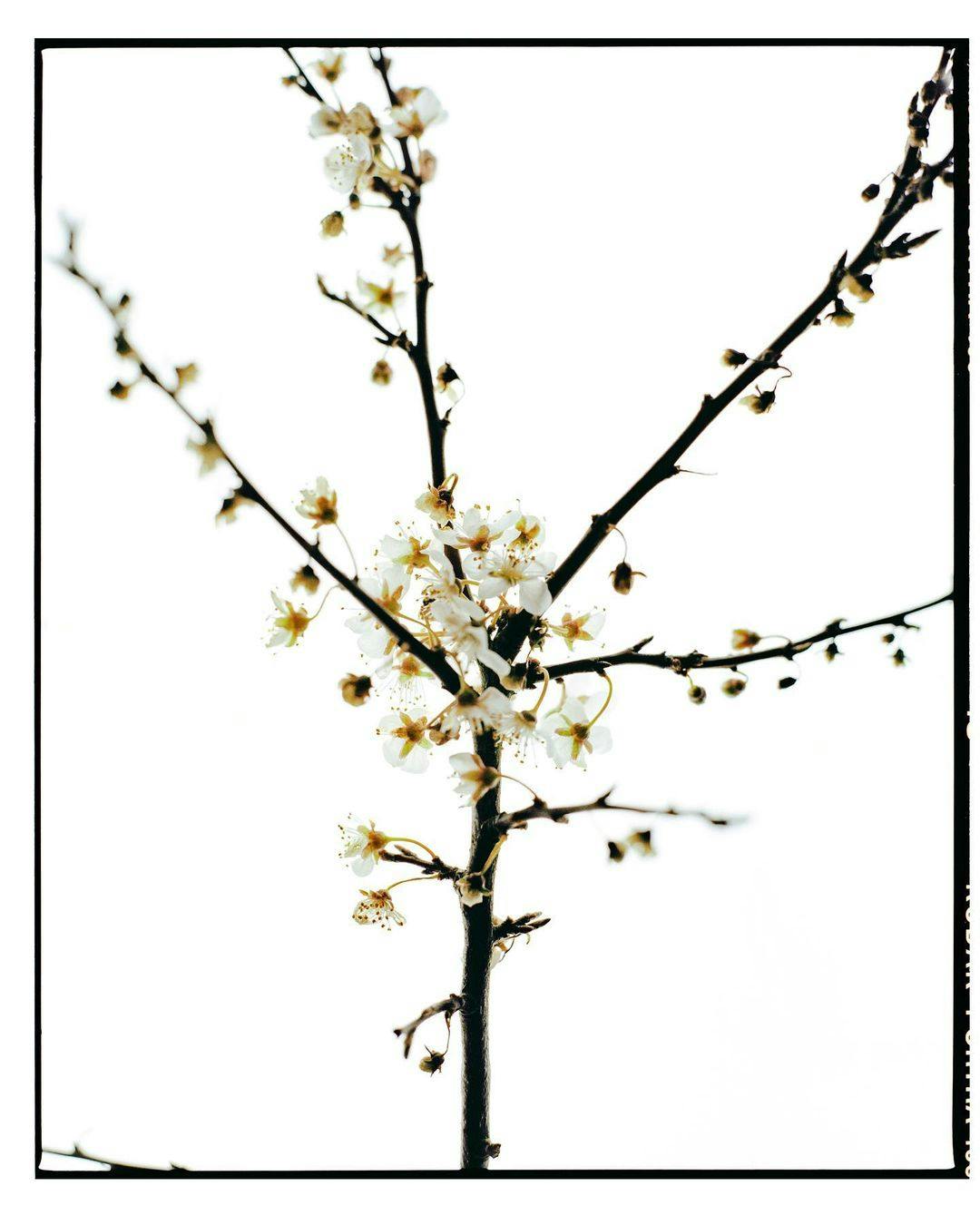
The rise of clean beauty has played a role in stoking fear of non-natural additives, synthetic fragrance ingredients included. But synthetic doesn’t necessarily equate to “bad” – for example, synthetic citrus is gentler on the skin than natural citrus oils, which can trigger itching and burning. Galaxolide, a synthetic musk, has been criticized by some for disrupting estrogen in the body and polluting waterways, but research on whether its use in fragrance and personal products is harmful remains inconclusive. Still, the fear of synthetics can bring out some of the more unpleasant corners of the internet. “I see a lot of comments on my TikTok of people being like, ‘You're using hormone disruptors. Hope you can have a baby someday.’ I mean, these are the unhinged people of TikTok,” Vernon says.
Appealing to these zealous netizens, perfume brands like Henry Rose, founded by Michelle Pfeiffer in 2019, have built their branding around “transparency” and the use of “safe synthetics.” To Vernon, this can muddy consumer understanding even further. “I feel like putting that qualifier of a synthetic being safe puts in the consumers mind that there are unsafe synthetics,” she says.
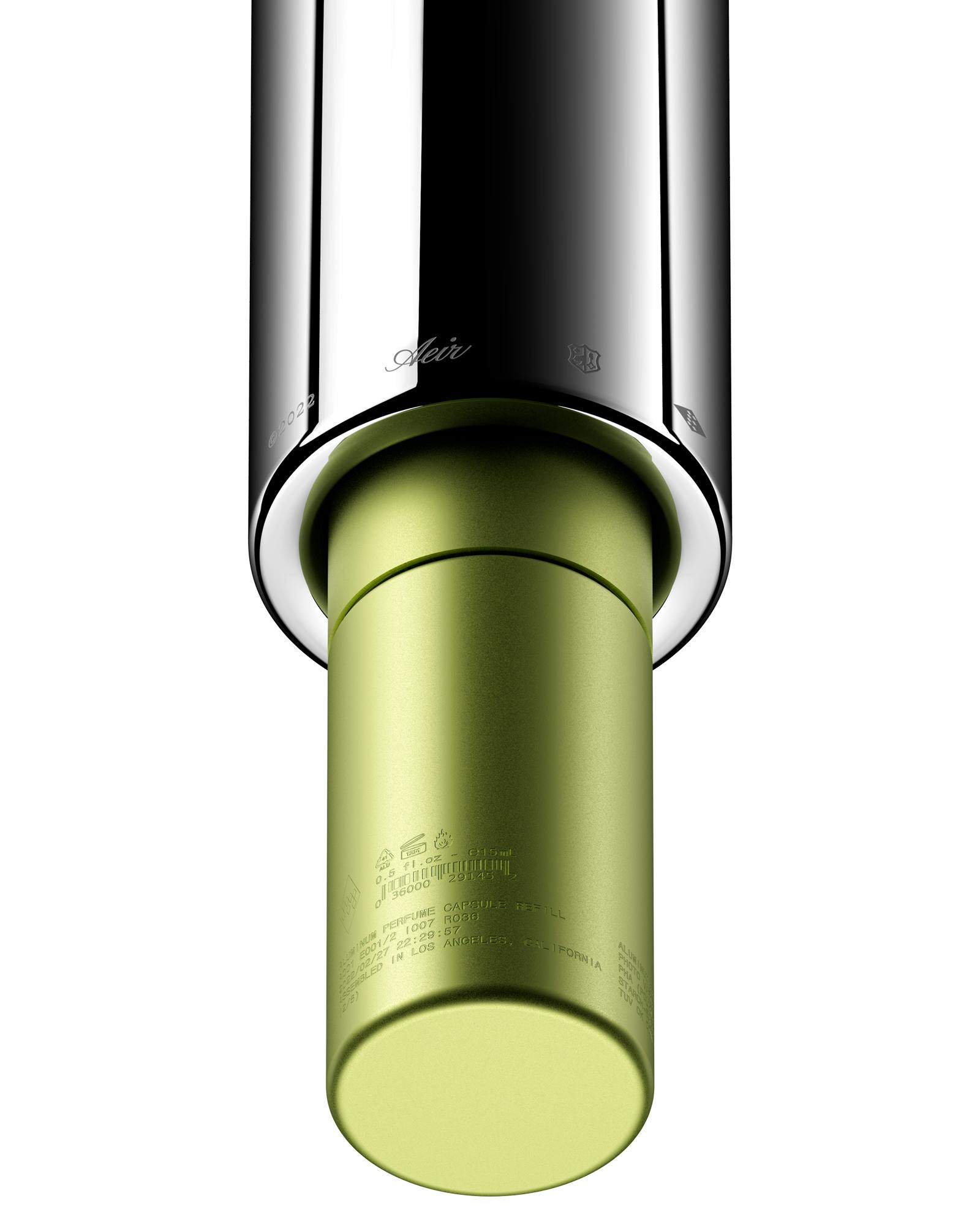
While unsafe synthetics do exist, you won’t find them in any commercially available fragrance. The International Fragrance Association (IFRA) updates fragrance standards to ban and restrict both natural and synthetic ingredients based on scientific evidence and consumer insight (some updates come to the dismay of perfumers, who may have to change their formulations to meet evolving regulations). “Over five decades, the IFRA Standards have set the boundaries for fragrance creation – ensuring that people can enjoy the art of perfumery with confidence based on independent scientific evidence and consumer insights,” an IFRA spokesperson said. “The IFRA Code of Practice is the global fragrance industry's commitment to ensuring best practice in our industry and the safe use of fragrance ingredients and mixtures.”
Marissa Zappas – a perfumer who has created cult favorites like Annabel’s Birthday Cake and recently collaborated with the Museum of Sex on a perfume that “evokes plastic doll heads” – attributes much of the concern around the safety of perfumes to “fear-mongering perpetuated by Gwyneth Paltrow,” whose wellness company Goop has played a pivotal role in the rise of clean beauty.
“Someone wanted to know if my fragrances contain any of the following: parabens, phthalates, dyes or BHT [butylated hydroxytoluene, a preservative],” Zappas says of a recent email query from a customer. “I responded, ‘My formulas are all IFRA compliant, which means they do not contain parabens, phthalates, and BHT, which was actually banned by IFRA a long time ago.’”
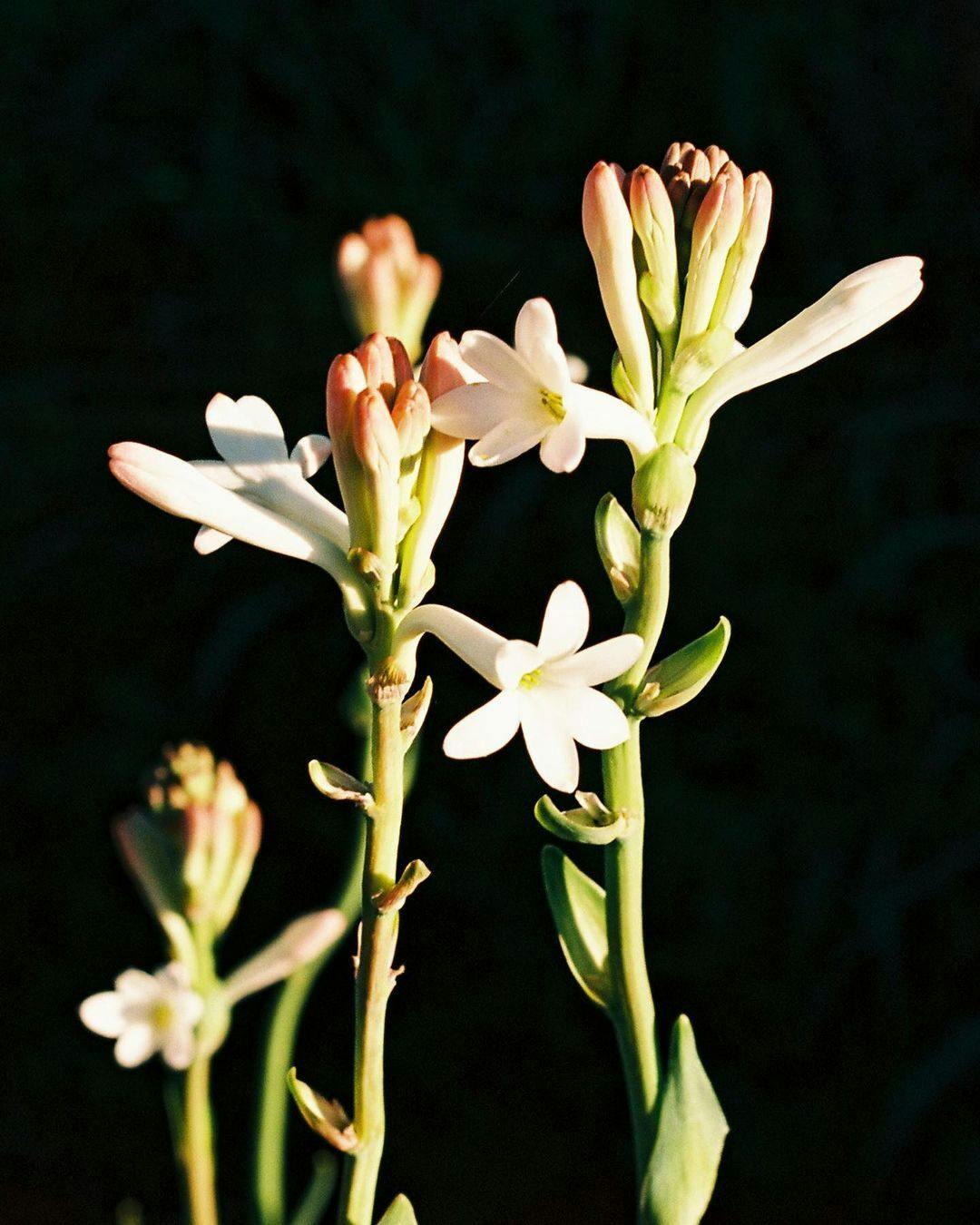
Zappas views the boom in beauty marketing buzzwords like “transparency,” “natural,” and “clean” as a symptom of larger industry woes. For decades, perfume has relied on celebrity endorsements and florid, hypersexual advertising to attract customers. But the public is growing distrustful of such marketing tactics, which rarely provide information about what the perfume is made of or even smells like. Brands that focus on their ingredients and formulations are filling this information void, appearing more grounded and approachable.
But leaning too much on ingredients has its limitations. “[Ormaie is] not marketed in a green way because we see ourselves as a brand of know-how and of creativity,” Bouygues says. “We don't do [naturals] because it's a trend – we just do them because they touch your soul in a very different way.” Zappas also finds an ingredients-first approach limiting. “For me, that's kind of boring. Let’s bring back advertising.”
Given the ephemeral, invisible nature of the product, marketing is always at play in perfumery. Selling a fragrance, whether it’s a mass-market launch or a niche release, requires a careful mix of messaging based on brand values, ingredients, and more esoteric, artistic qualities (think: how a fragrance makes you feel).
To Tupper, it’s up to the consumer to parse these marketing tactics. “People get confused because they're thrown a lot of buzzwords,” she says. “They're led to believe that something is natural, when in fact it's rubbish.” In some cases, there’s a vested interest in villainizing non-natural ingredients. Tupper notes that the Environmental Working Group (EWG), a Washington, D.C.-based organization that offers safety guidelines on personal care products like cosmetics, is a “lobbyist group” largely funded by the organic industry. Some have criticized the EWG for supporting alarmist views unfounded in science, such as promoting a link between autism and childhood vaccines and overblowing the dangers in some common ingredients in sunscreen.
No matter their provenance or the politics of their consumers, synthetic and natural fragrances are ultimately judged on the same criteria: their smell. “If you allow people access to information, they can make their own decision,” Tupper says. In the end, our noses will make the final call.

